Surface Mounted Components
SMT revolutionizes electronics by enabling smaller, efficient, durable devices, with reduced costs and performance boosts, essential in various industries.
At PCBX, we have vast knowledge of PCB industry; as such, we understand how SMC has redefined electronic manufacturing. In fact, transitioning from manual procedures to surface mount technology represents one important step forward in the evolution of electronics, allowing for the development and creation of small, efficient, and durable devices. This article examines several aspects of SMT: its benefits and problems, implications, and future of using SMCs in electronic manufacturing.
Surface Mount Technology is the process in which electronic components are mounted onto the surface of printed circuit boards by a small component form mounting directly onto the board via soldering. Conversely, THT required that component leads be inserted into drilled holes. This was developed because of an increase in demands in the industry for smaller electronic units in which size and weight of components had to be minimized to a maximum PCB use.
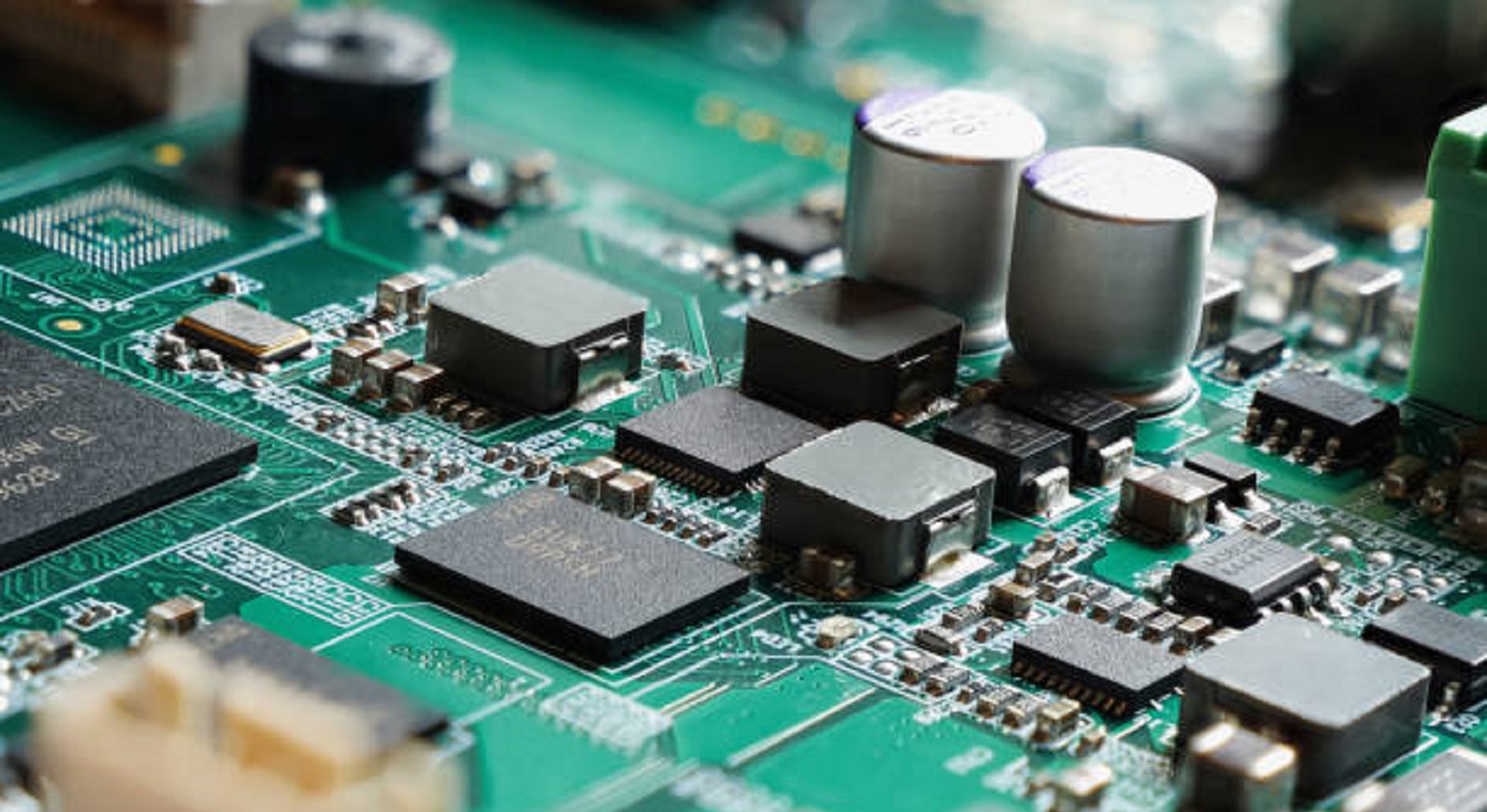
Types of Surface Mounted Components
The SMC can be generalized by passive, active, and special-purpose categories, each component class playing another type of role in electronics:
Passive SMD Components - A resistor and capacitor providing both types for basic circuit functionality.
Surface Mount Resistor Networks: Replace several discrete resistors, which can save placement time and improve efficiency.
Surface Mount Capacitors: Tantalum and ceramic capacitors are used where high frequency usages are involved as they can operate without lead inductance.
Active SMD Components-More complex components, such as integrated circuits.
Small Outline Integrated Circuit (SOIC): Shrink packages in compact form that offer maximum utilization of PCB space.
Plastic Leaded Chip Carriers (PLCC): They offer protection against solder stress and, hence improved reliability.
Specialized SMD Components:
Leadless Ceramic Chip Carriers: Groove-shaped terminations provide high-frequency performance capability.
Fine Pitch Packages: For those devices with higher pin counts and close spacing requirements.
Advantages of Surface Mount Components
Smaller Size and Weight: SMCs allow for smaller, lighter electronics and have driven the development of mobile and wearable technologies.
Higher Component Density: SMT allows mounting on both sides and high-density placement, enabling more complex circuit designs within a given space.
Cost-Effective Manufacturing: The automation capabilities of SMT reduce labor costs and production time, making it ideal for high-volume manufacturing.
Enhanced Performance: SMDs reduce parasitic effects, thus giving better electrical performance and reliability, particularly in high-frequency modules.
Improved Reliability: Short lead length and robust soldering reduce mechanical stress, enhancing product durability.
Challenges of Surface Mounted Components
Complexity in Inspection and Repair: The miniaturization of components complicates manual inspection and repair processes, requiring sophisticated tools and techniques.
Thermal Management: High-density component placement can lead to overheating issues unless effective thermal management is implemented.
Initial Investment Cost: The setup for SMT involves a lot of investment in machinery and requires specialized training to operate, thus being unaffordable by small-scale producers.
SMT vs. Through-Hole Technology
While SMT has become the predominant technique in electronic manufacturing, THT still holds relevance in specific applications where mechanical strength is crucial. In comparison:
No Drilled Holes Needed: SMT eliminates the need for through holes, saving space and allowing more compact designs.
Higher Packing Density: SMT can support dense, complex circuits on smaller boards.
Automation Compatibility: SMT processes suit automated assembly, whereas THT often relies on manual placement.
The Role of SMT in Modern Electronics
Due to its power and flexibility, the importance of SMT has diffused among various industries. Accordingly,
Consumer Electronics: Use SMT to meet demand in the building and construction of thin, lightweight phones and laptops.
Automotive Industry: Advanced electronic controls and sensors with vehicles use surface mount technology due to the growing demand for efficiency with small size and shape.
Telecommunications: The use of SMT allows networking to utilize high-frequency performance enhancements.
Healthcare Devices: The compact designs of SMCs allow for wearables and portable diagnostic healthcare devices.
Future of Surface Mount Components
The future of SMCs is bright with ongoing innovations and technical advancement in the following aspects:
Material Innovation: Advanced materials providing higher heat dissipation and conductivity will contribute to better component performance and reliability.
Increased Miniaturization: The emergence of IoT and wearable technologies, among others, will spur even smaller sizes with no compromise in functionality.
Advanced Manufacturing Technologies: Additive manufacturing is one of these techniques that may bring a revolution to SMT and enable efficient, versatile production processes.
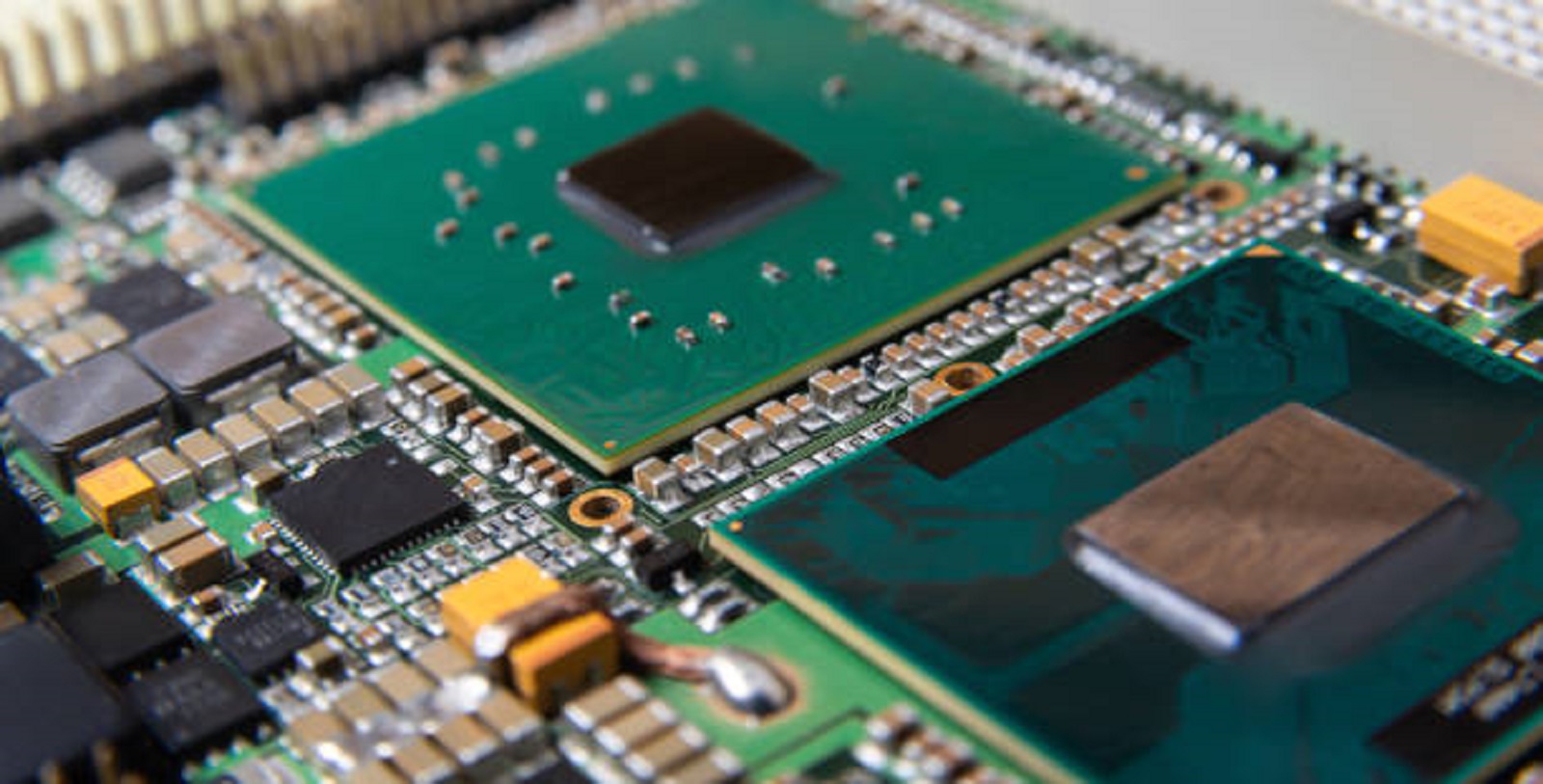
Surface-mounted components, assisted by Surface Mount Technology, have transformed the face of the electronics industry beyond recognition. They offer unparalleled benefits related to size reduction, cost efficiency, and improvement in performance. As SMCs are becoming an integral part of electronic products, precise design, effective thermal management, and use of advanced manufacturing techniques become pivotal. Ongoing development in this area continues to promise innovation and refinement in electronic manufacturing, while opening the door to sophisticated and adaptive technologies that meet today's complex markets. At PCBX, our role is to ensure the full realization of the potential of SMT, making possible the creation of cutting-edge, reliable, and efficient electronic solutions for various applications.
Hot Tags:
Contact us

If you can't find what you're looking for, please contact us.
Article
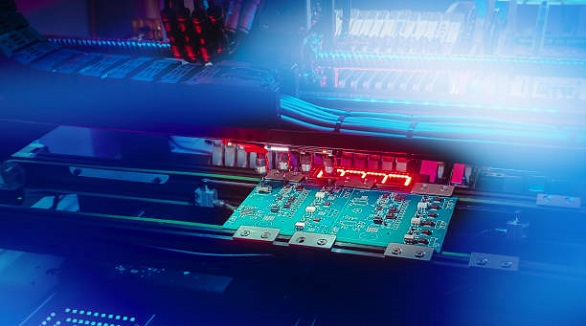
Surface Mount Technology revolutionizes electronics, offering size, cost, and performance benefits, but poses challenges with high setup costs and handling.
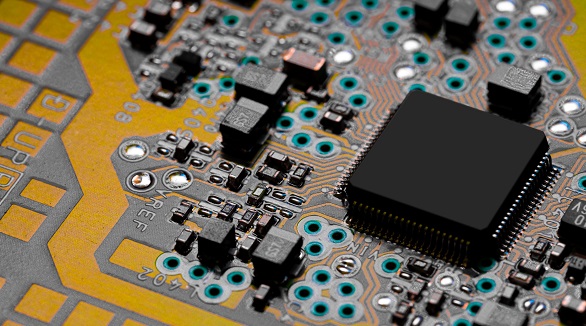
The article introduces the SMT (Surface Mount Technology) assembly process and future trends. Key steps include solder paste printing, chip mounting, reflow soldering, cleaning, inspection, and rework. Future trends highlight fast, flexible systems, green practices, and high-efficiency, intelligent systems. SMT's potential revolutionizes electronics manufacturing with wide industrial applications.
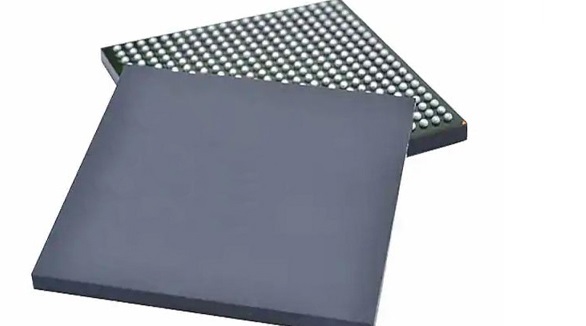
Compared to THT, SMT offers better miniaturization and weight reduction in any electronic application. With the use of BGA packages, high-assembly density, reliability, and improved performance are achieved; on the other hand, this requires a rework and inspection that is not really common. PCBX specializes in the area of advanced SMT and BGA assembly to help drive modern requirements of compact electronic devices.
